Factors Affecting The Treatment Effect Of Belt Filter Press
The belt filter press is a solid-liquid separation configuration based on the principles of chemical flocculant filtration and mechanical extrusion. The dehydration process of the belt filter press can be divided into four important stages: pretreatment, gravity dehydration, wedge zone pre-pressure dehydration, and press dehydration.
The factors affecting the treatment effect of belt filter press
1. Process factors
The influence of process factors on the processing capacity of belt filter press is multifaceted.
2. Flocculant selection
Polyacrylamide (PAM) is the most widely used flocculant in the field of sludge dewatering. PAM can be divided into cationic, anionic, and nonionic types, and each ionic type can be divided into many molecular weights. Therefore, different types and varieties of PAM should be applied to different treatment media. After qualitative selection, quantitative selection must be carried out. Otherwise, the purpose of increasing the treatment capacity will not be achieved, and sludge dehydration may not be possible at all.
3. Coagulant agents selection
For sewage treatment in different industries or sludge dehydration with different treatment media, the flocculation agents used are different, and sometimes necessary coagulant aids need to be added.
4. Drug concentration
The reagents are tested for concentration dissolution, addition amount, dehydration effect, operation cost, and other indicators to ultimately determine the process index with the lowest operation cost, dehydration effect, and processing capacity.


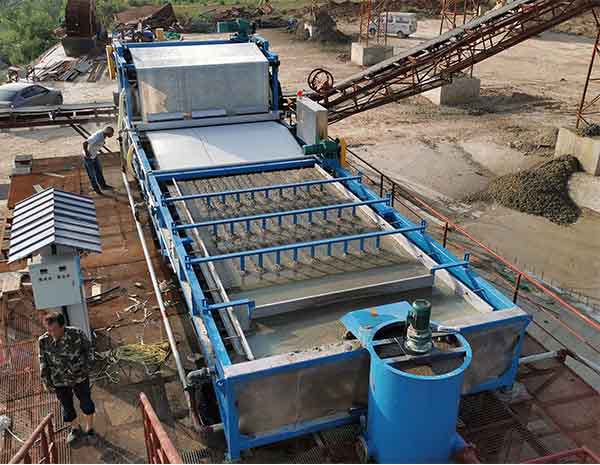
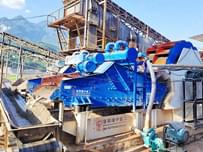
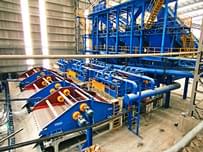
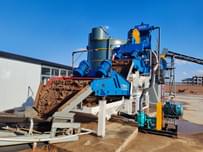
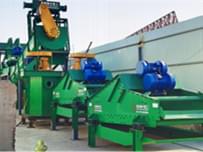
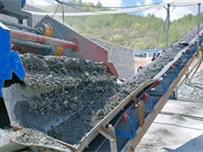
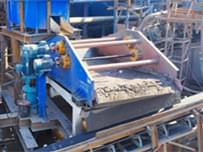
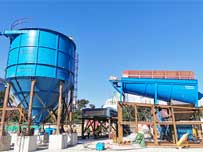
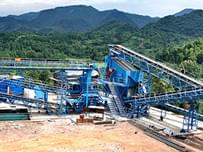




Send Message
Please write down your requirement and contact details in the following form. You can also send a message to us by this email export@lylzzg.com, we will reply to you within 24 hours.